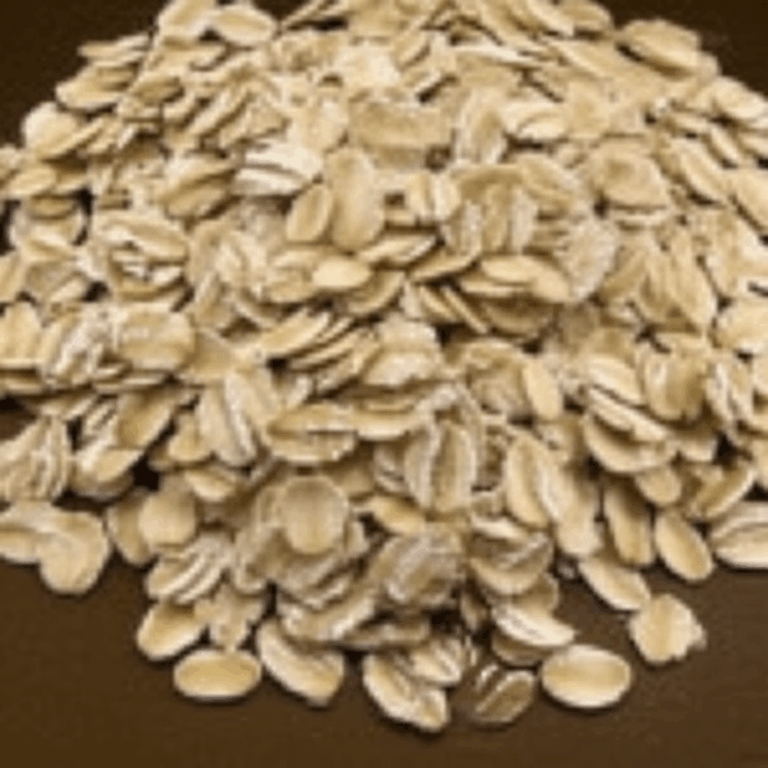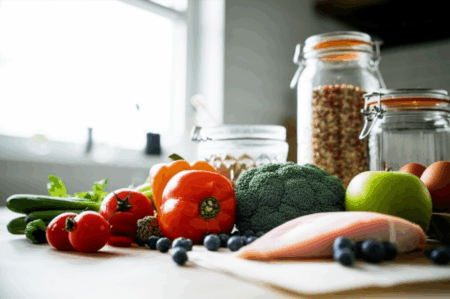In an era where dietary choices are scrutinized more than ever, whole grains stand out as nutritional powerhouses. Far from being mere “carb fillers,” these ancient and modern staples are rich in fiber, vitamins, minerals, and plant compounds crucial for sustained energy, gut health, and disease prevention. According to nutrition experts, incorporating a diverse range of these grains into your diet can significantly enhance your overall well-being and fuel your body effectively.
Let’s explore eight of the healthiest grains that nutritionists recommend to elevate your meals.
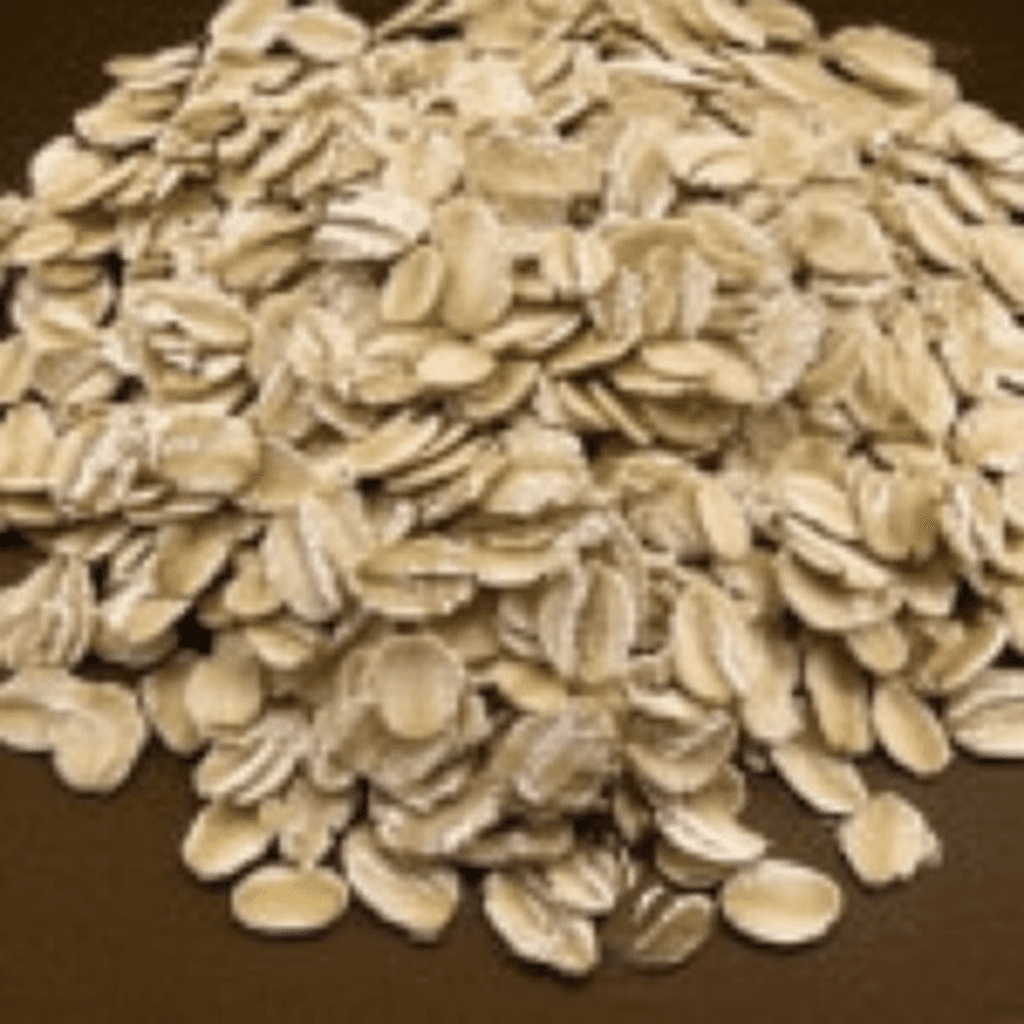
The Power of Whole Grains: Why They Matter
Whole grains, unlike their refined counterparts, retain all three parts of the grain kernel: the bran, germ, and endosperm. The bran is the fiber-rich outer layer, the germ is the nutrient-packed core where growth occurs, and the endosperm contains carbohydrates and some protein. This complete package provides a wealth of benefits, including sustained energy release, better blood sugar regulation, improved digestion, and a reduced risk of chronic diseases.
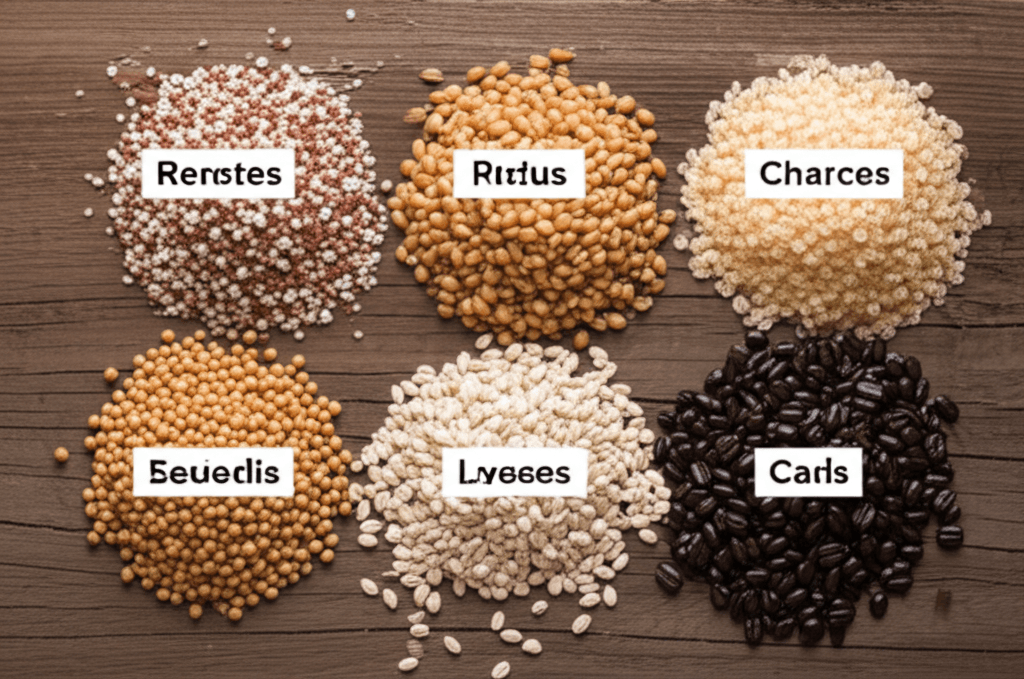
Top 8 Healthiest Grains to Fuel Your Body
Nutritionists advocate for prioritizing whole grains due to their comprehensive nutritional profiles. Here are eight stellar choices to consider:
1. Oats: The Heart-Healthy Breakfast Staple
Oats are consistently praised for their health benefits, particularly for heart health and digestion. They are rich in a soluble fiber called beta-glucan, which is known to lower LDL (bad) cholesterol and help regulate blood sugar levels. Oats also contain unique antioxidants called avenanthramides, which have anti-inflammatory effects and may improve heart health.
- Nutritional Highlights: High in beta-glucan fiber, protein, manganese, phosphorus, copper, biotin, and Vitamin B1 (Thiamine).
- How to Enjoy: Ideal for porridge, overnight oats, or as an ingredient in baking and savory dishes.
2. Quinoa: The Complete Protein Pseudocereal
Often mistaken for a grain, quinoa is technically a pseudocereal, celebrated for being one of the few plant foods that offer a complete protein, containing all nine essential amino acids. It’s also naturally gluten-free, making it an excellent choice for individuals with celiac disease or gluten sensitivities. Quinoa is packed with fiber, magnesium, iron, potassium, and antioxidants.
- Nutritional Highlights: Complete protein, high in fiber, magnesium, iron, folate, and antioxidants like quercetin and kaempferol.
- How to Enjoy: A versatile base for salads, a side dish, or an addition to soups and stews.
3. Brown Rice: A Nutritious Foundation
Brown rice is a whole-grain alternative to white rice, retaining its bran and germ, which are rich in fiber, vitamins, and minerals. Its high fiber content aids digestion, helps control blood sugar, and can contribute to weight management by promoting a feeling of fullness. Studies suggest that replacing white rice with brown rice can reduce the risk of type 2 diabetes.
- Nutritional Highlights: Good source of fiber, manganese, magnesium, phosphorus, and antioxidants.
- How to Enjoy: A healthier substitute for white rice in any meal, from stir-fries to grain bowls.
4. Barley: The Digestion Champion
Barley is one of the oldest cultivated grains and stands out for having one of the highest fiber contents among whole grains, including beta-glucans. This fiber is instrumental in lowering cholesterol, supporting gut health, and promoting regular bowel movements. Barley also contains beneficial plant compounds that may help reduce inflammation and protect against certain chronic diseases.
- Nutritional Highlights: Rich in fiber (especially beta-glucan), vitamins (B1, B6, niacin), and minerals like copper, chromium, and magnesium.
- How to Enjoy: Excellent in soups, stews, salads, or as a hearty side dish.
5. Farro: The Ancient Grain for Gut Health
Farro, an ancient wheat grain popular in Mediterranean cuisine, offers a chewy texture and nutty flavor. It is an excellent source of fiber, protein, and essential nutrients. Farro’s fiber content is particularly beneficial for digestive health, helping to regulate bowel movements and potentially reducing the risk of type 2 diabetes and heart disease.
- Nutritional Highlights: High in protein, fiber, magnesium, zinc, iron, and B vitamins.
- How to Enjoy: Works well in salads, risottos, or as a complement to soups and stews.
6. Millet: A Gluten-Free Powerhouse
Millet is a group of small-seeded grasses that serve as a staple in many parts of the world. It is naturally gluten-free and highly nutritious, offering a good source of protein, fiber, and micronutrients. Millet’s low glycemic index helps prevent blood sugar spikes, making it a suitable choice for those managing diabetes. Its insoluble fiber acts as a prebiotic, supporting beneficial gut bacteria.
- Nutritional Highlights: Gluten-free, rich in protein, fiber, calcium, iron, magnesium, and B vitamins.
- How to Enjoy: Can be cooked as a fluffy side dish, a breakfast porridge, or added to baked goods.
7. Bulgur: The Quick-Cooking Whole Wheat
Bulgur, a pre-cooked, dried, and cracked wheat, is a fast-cooking whole grain that retains most of its beneficial nutrients. It is exceptionally high in fiber, which is key for digestive health, weight management, and maintaining stable blood sugar levels. Bulgur also contributes to heart health by helping to lower cholesterol and potentially reducing the risk of heart disease.
- Nutritional Highlights: High in fiber, iron, folate, vitamin B6, niacin, manganese, and magnesium.
- How to Enjoy: A primary ingredient in tabbouleh, it can also be used in pilafs, salads, or as a substitute for rice.
8. Teff: The Tiny Ethiopian Grain
Teff is an incredibly tiny, naturally gluten-free grain originating from Ethiopia, where it is a dietary staple. Despite its size, teff is a nutritional giant, packed with protein, fiber, iron, and notably, high levels of calcium. Its high fiber content and low glycemic index contribute to stable blood sugar levels and improved digestion. Teff is also an excellent source of lysine, an essential amino acid often lacking in other grains.
- Nutritional Highlights: Gluten-free, high in protein, fiber, iron, calcium, manganese, and Vitamin C.
- How to Enjoy: Commonly used to make injera (Ethiopian flatbread), it can also be prepared as a porridge or added to baked goods.
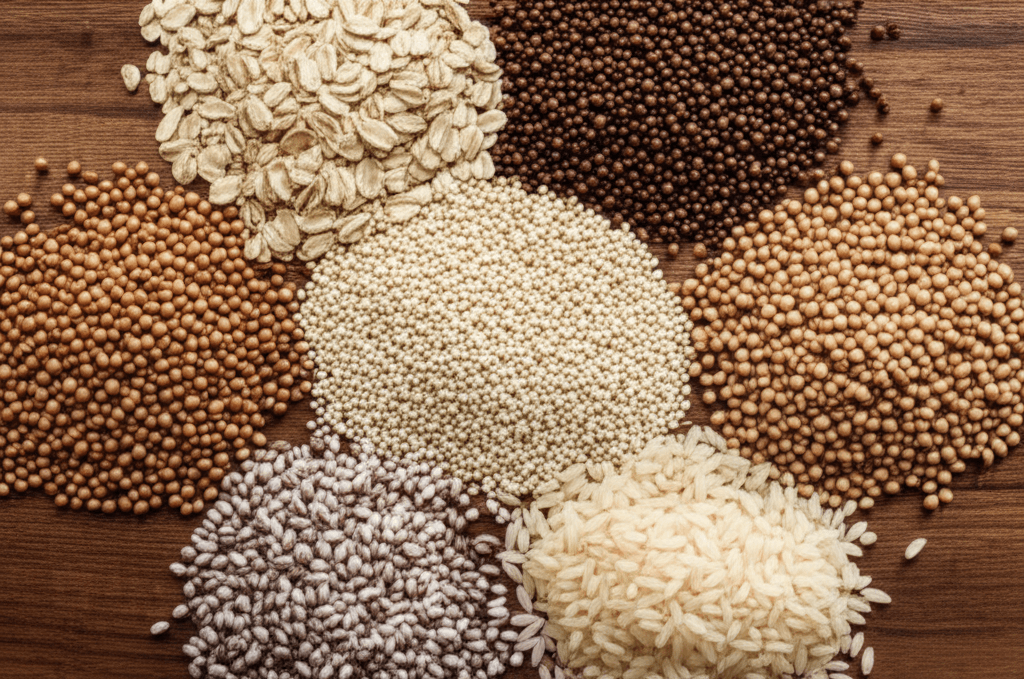
Incorporating More Grains into Your Diet
Nutritionists emphasize the importance of variety and preparation when adding more whole grains to your meals. For breakfast, consider oats for sustained energy. For lunch, quinoa or buckwheat in salads can add plant-based protein and fiber. At dinner, opt for brown rice, barley, or farro to provide sustained-release carbohydrates that support blood sugar balance and a healthy gut.
By embracing these eight nutritious grains, you can unlock a wealth of health benefits, ensuring your meals are not only delicious but also optimally fuel your body. Always aim for whole-grain varieties to maximize their nutritional impact.




